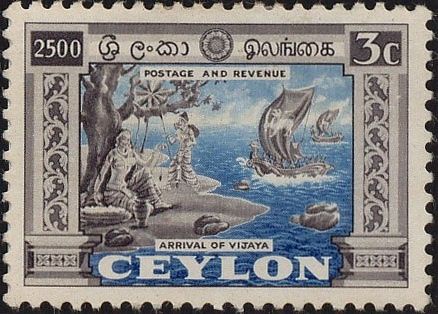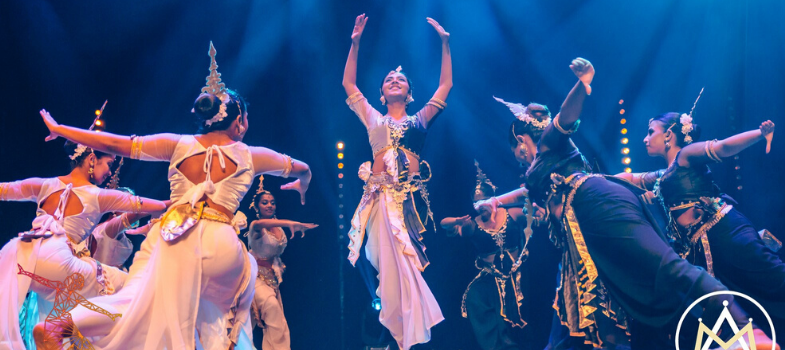1.1. Legend behind the dance
The legendary history of Sri Lanka begins with the arrival of an Indian Prince named Vijaya in the sixth century B.C. Vijaya and his bank of followers were not the first people in the island. At the time of the landing, it was inhabited by two other clans of people called Yakkas and Nagas. The Yakkas tribes were believed to be worshipers of demons and the Nagas tribes worshiped snakes.

The Great Chronicle called Mahavamsa records the history of Sri Lanka, referring to a marriage ceremony of a Yakkas family where music was performed. Although there is no specific mention of dancing at this festival, it may be safely presumed that dancing accompanied the music. This is supported by the fact that the traditional music, particularly instrumental music, persisting up to the present day is confined to the music of the drums, the mainstay of traditional dancing.
Folklore is a fertile field of information regarding dancing but the legends pertaining to dancing are mostly mythological. The history, technique including the art of the drum, and all other aspects of pertaining to the practice and theory of dancing in Sri Lanka have come down the ages up to the present day as an oral tradition. The attempts of recording them in writing only became available much later in time. This system of oral transmission from teacher to pupil, or Paramparava, from father to son provided at times the much-needed freedom and opportunity for the relaxation of orthodoxy. As time went on, this helped in the healthy flowering of the art with the new creative forms.
As a result of the oral tradition the Paramparavas, or family traditions functioned as a school, maintaining their own particular styles and technique. For its own survival, each Paramparava or school endeavoured to excel in the art. The crystallisation of the theory and practice of Sri Lankan dance forms was due to the healthy competition among these Paramparavas.
